Tobago glass frog's underbelly is so clear you can see its insides
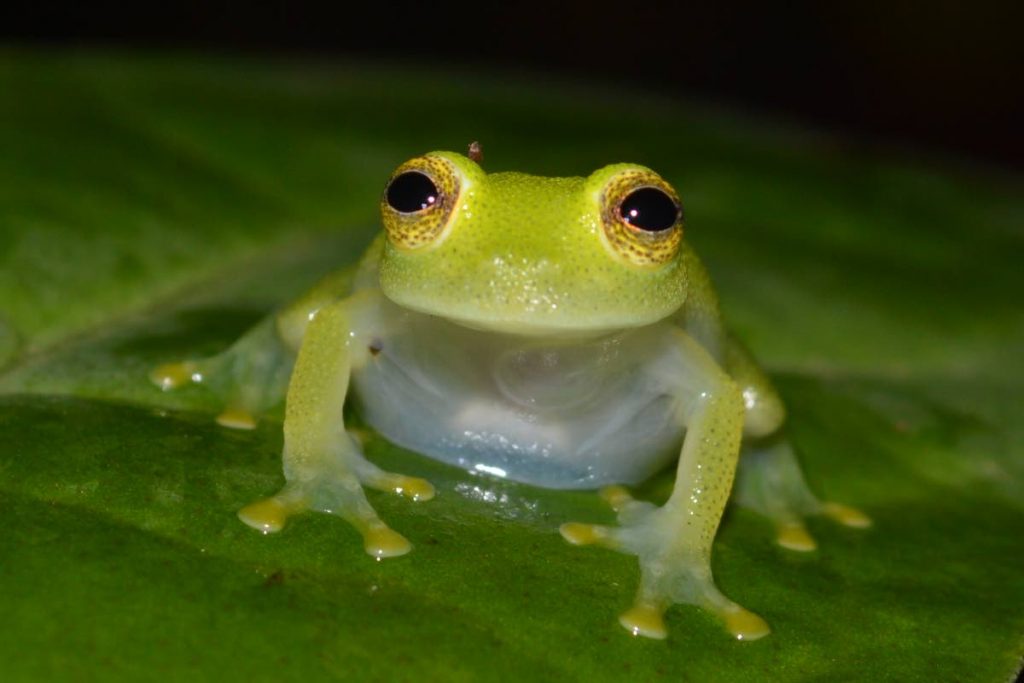
How do you feel when you hear about frogs or stand near one?
For some people, hearing about frogs or being near them makes them feel icky or even scared.
While herpetologist Renoir Auguste knows frogs may not be at the top of everyone’s favourite animal list, he wants people to know they are beautiful animals.
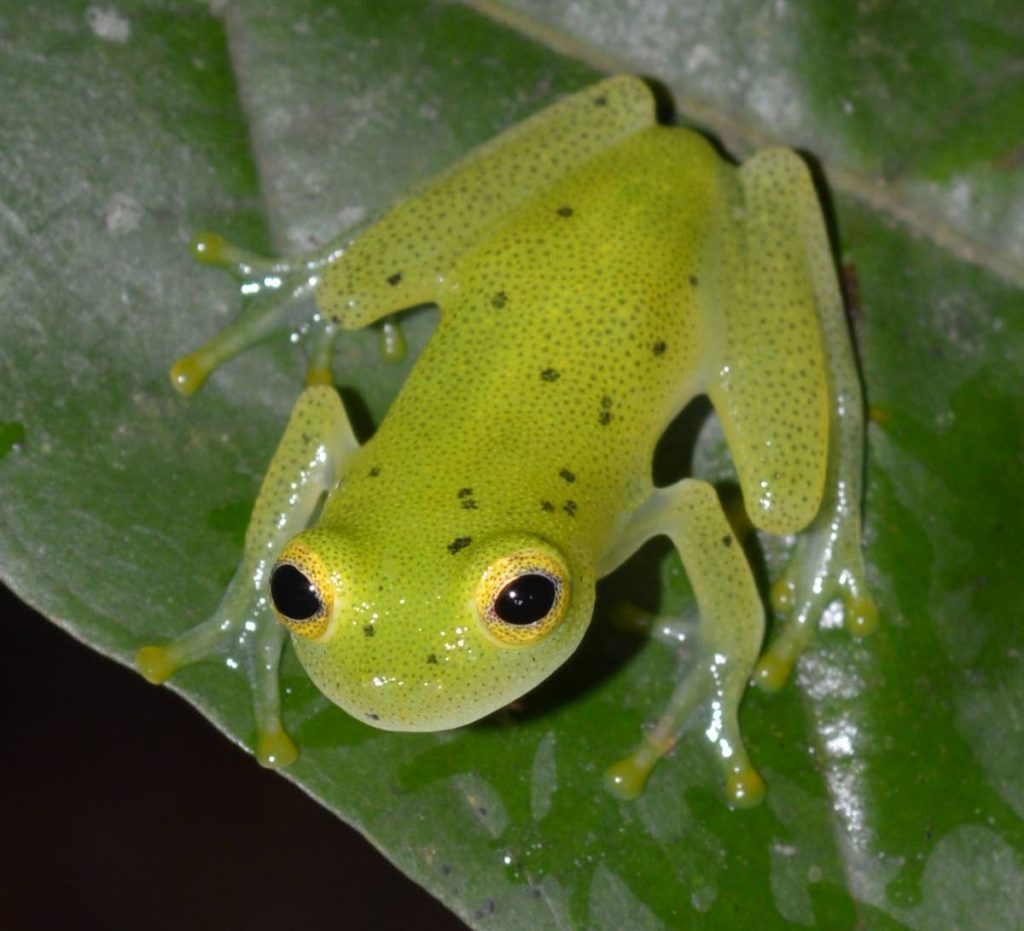
Auguste told Newsday Kids, “When Trinbagonians think about frogs, they think about the crapaud (the cane toad) and they tend to be icky towards frogs.
“But I believe if more Trinbagonians actually knew about our frogs, especially the more colourful and cute-looking frogs, I think maybe their attitude towards frogs will be a bit different.”
Auguste is the leader of the herpetology group in the TT Field Naturalist Club.
He’s also doing an environmental biology PhD at the Department of Life Sciences at the UWI, St Augustine.
The Tobago glass frog (
Hyalinobatrachium orientale) is one species of frog that Auguste thinks people will find interesting.
So, why are these frogs called the Tobago glass frog?
Well, firstly, the Tobago Main Ridge Forest Reserve is the only place they are found in the entire world.
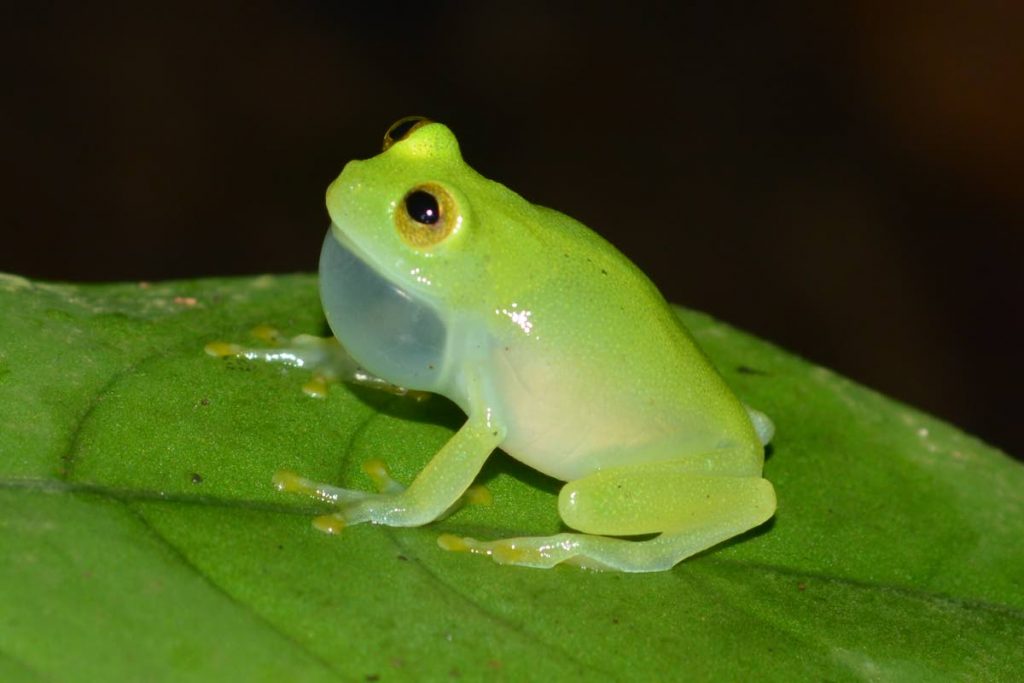
But it’s important to know that Tobago’s glass frog is part of a larger family of glass frogs that is also found in Venezuela.
Because the glass frogs in Tobago have been isolated from the glass frogs in Venezuela for so long, they have been categorised as a subspecies.
The environmental conditions at the Main Ridge attract these frogs.
“These particular frogs like cold, forested areas near streams…the streams near the Main Ridge is where they lay their eggs.
“They would actually lay the eggs on a leaf overhanging the stream and when the tadpoles hatch from the eggs, they literally drop right into the water.”
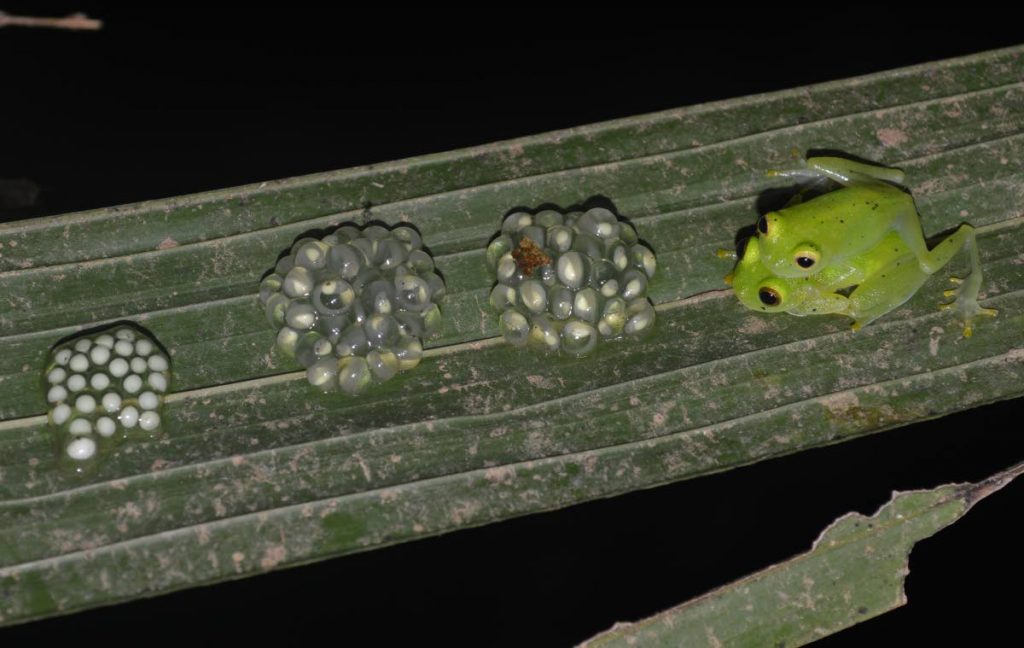
They are called "glass frogs" because of their appearance.
Auguste explained, “The skin of their underbelly is translucent, so you can actually see their internal organs when you look at the belly.
“The edges of the glass frog’s skin (the perimeter of the frog) is also translucent like the underbelly.
“When they’re lying flat on their back and you’re looking down on them, you tend to not see them. There was a study recently that found that when they are resting on a leaf, you tend to not actually see the outline of the frog because its edges are translucent.”
So when these frogs are resting on a green leaf, there’s a chance you won’t see them.
Research suggests the frog’s translucent skin is a camouflage technique that developed over time.
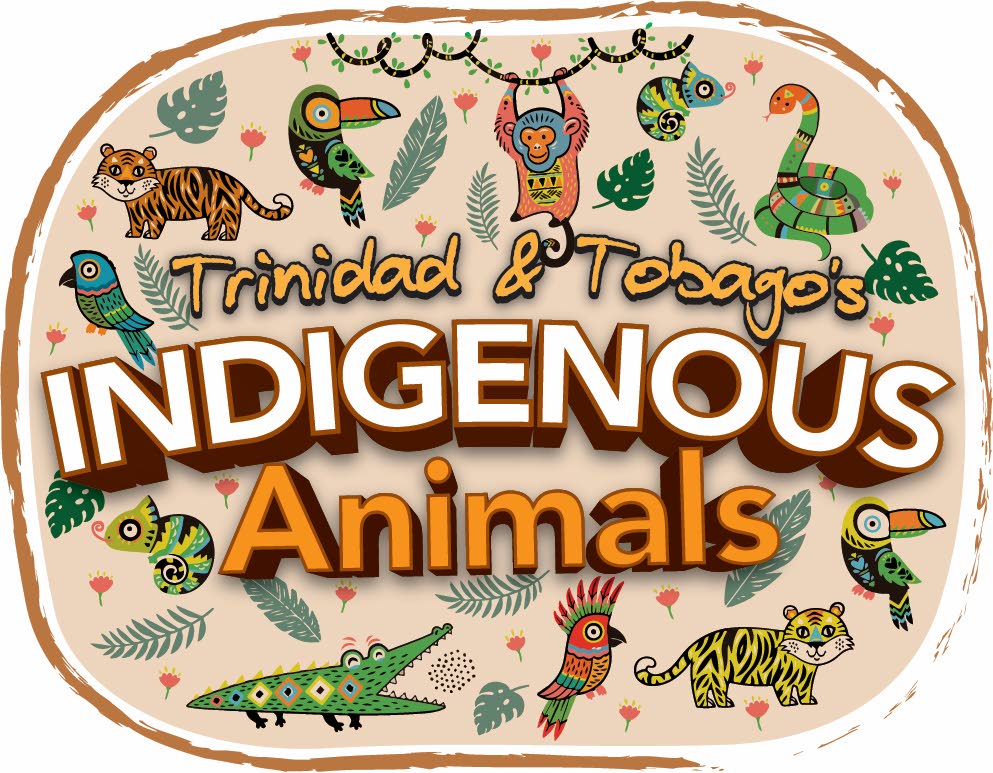
But it’s not only their look that makes them hard to see, it’s also their size. Tobago glass frogs are only two to three centimetres long.
While you may not easily see these frogs, there’s a chance that you may hear the males doing a mating call during the rainy season, when these frogs mate.
“The males are the ones that only calls. They do this to try and attract a female to come to them,” said Auguste.
Like most frogs, the Tobago glass frogs feed on small insects like mosquitoes and flies, which helps to keep the population of these insects in check.
Because these frogs are only found in the Main Ridge, they have been classified as vulnerable by the International Union for Conservation of Nature (IUCN). This classification means that if they aren’t protected, there’s a high risk of their becoming extinct.
Auguste’s research helped the IUCN classify the frogs.
He explained, “I did work on the IUCN red list assessment for this particular species and they are regarded as vulnerable because they are only found in a very restricted range in Venezuela and Tobago.”


Comments
"Tobago glass frog’s underbelly is so clear you can see its insides"